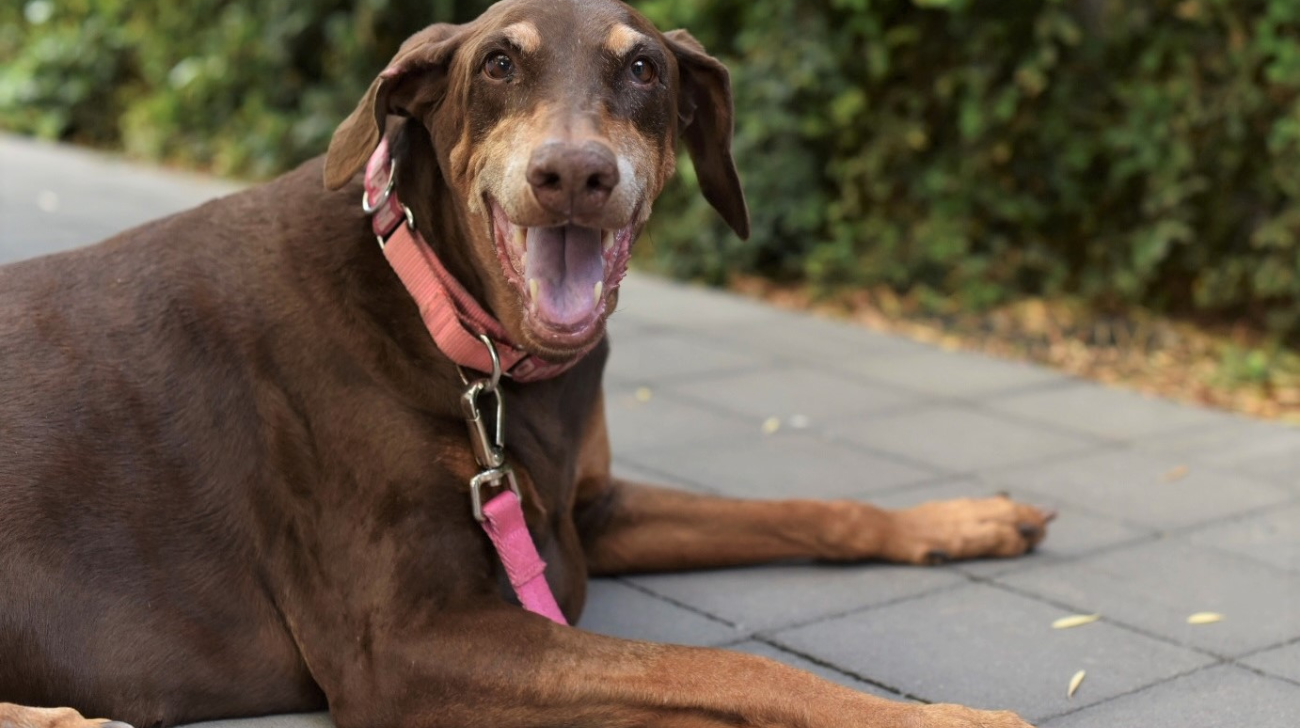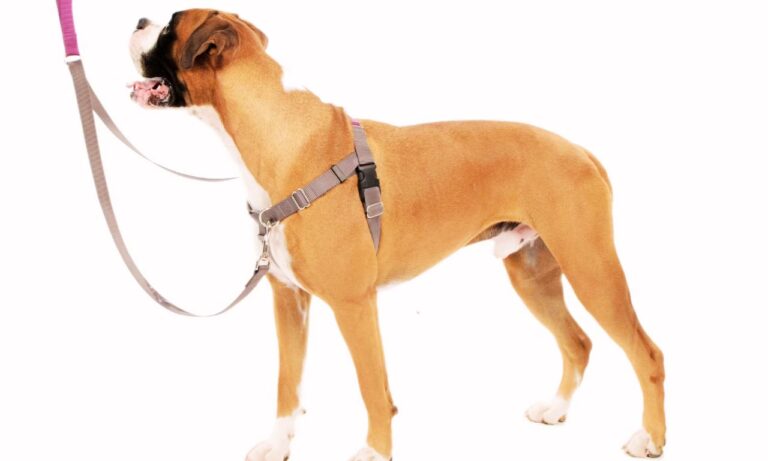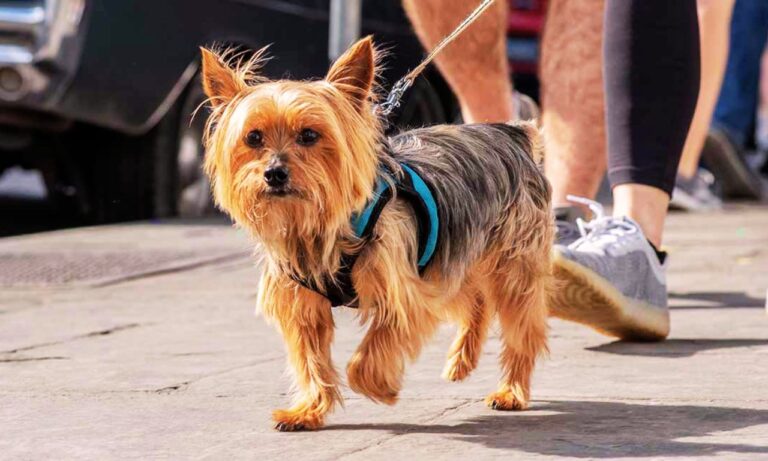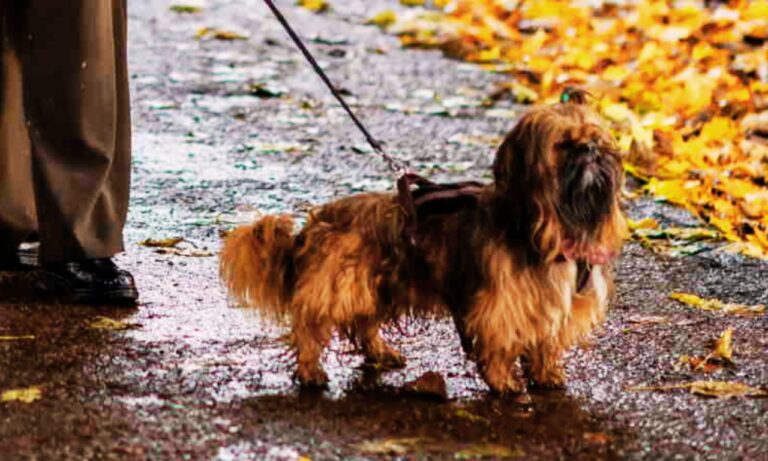The Sarabi dog, also known as the Persian Mastiff, is one of the largest and most powerful dog breeds in the world. Known for their immense strength, muscular build, and loyal nature, these dogs require specially selected collars that fit their size and lifestyle. So, What size dog collar for Sarabi dog?
Given their intimidating size and protective instincts, finding the right collar size ensures that your Sarabi dog stays comfortable, secure, and safe during walks, training, and social interactions.
I’ll explore the best collar sizes, types, and measurements tailored specifically for Sarabi dogs, along with tips for adjusting collars as they grow. Learn what size collar for a Rottweiler is ideal by following this detailed guide to ensure a perfect fit for your dog’s comfort and safety.
Blog Highlights
ToggleQuick FAQs: Best Collar Sizes for Sarabi Dogs
Why Proper Collar Size is Essential for Sarabi Dogs
Sarabi dogs are exceptionally large and have strong, muscular necks. A collar that is too tight can cause discomfort, chafing, and injury, while one that is too loose may allow the dog to slip out. Given their strength and independent nature, having a well-fitted collar is crucial for control during walks, training sessions, and social interactions. Additionally, a properly sized collar ensures the following:
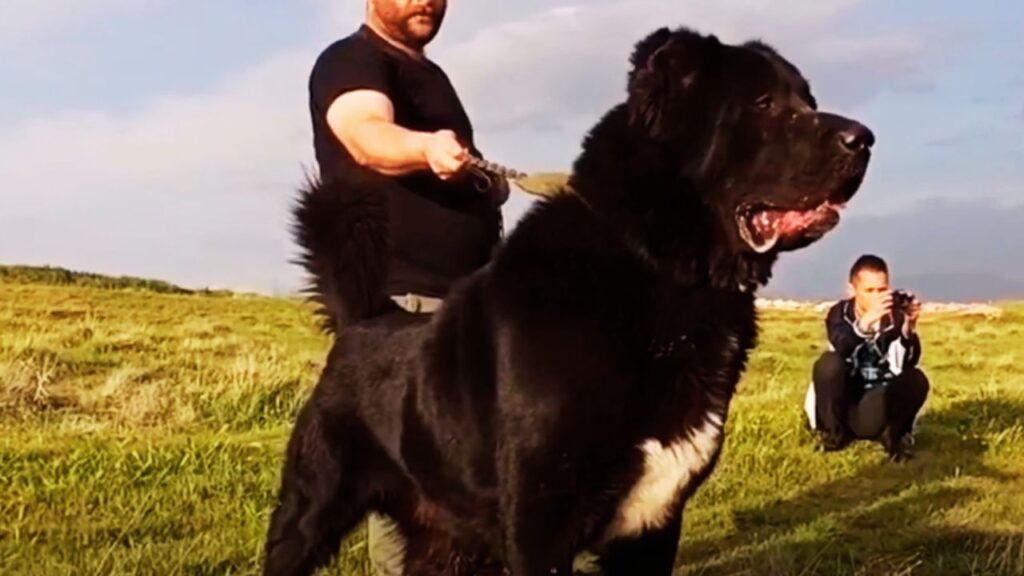
- Control and Safety: Helps you manage the dog’s movements during outdoor activities.
- Identification: Provides a place for attaching ID tags, which are essential for large dogs in public.
- Training and Behavior Management: Certain collars can prevent pulling and reinforce positive behavior.
- Legal Compliance: In many areas, large dogs like Sarabi are required to wear identification and vaccination tags.
What Size Dog Collar for Sarabi Dogs | Different Life Stages
Given the rapid growth rate of Sarabi dogs, it’s important to select adjustable collars that can accommodate their changing size. Below are the typical collar sizes for Sarabi dogs during various life stages.
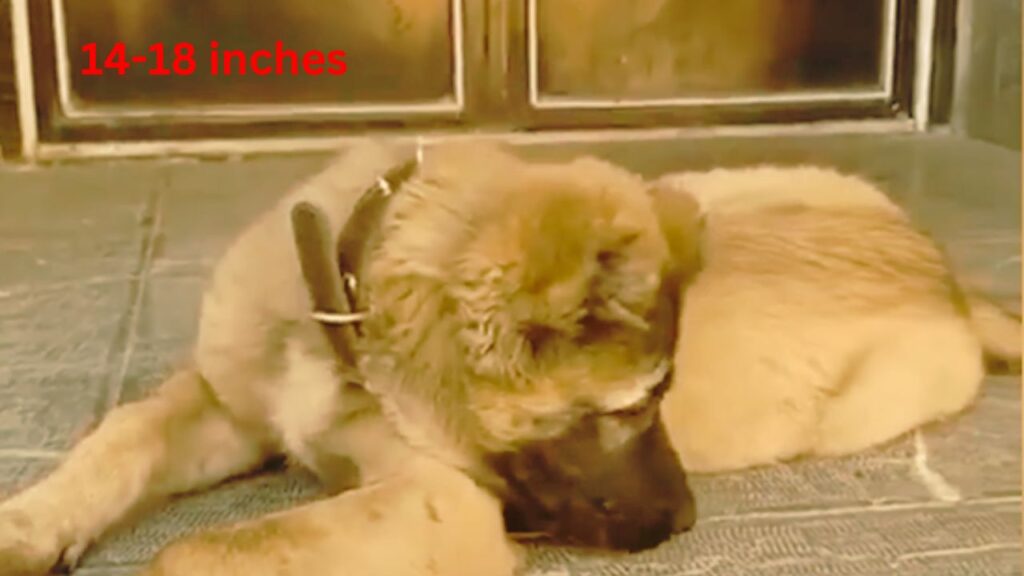
1. Puppy Stage (8-16 Weeks)
- Neck Size: 14-18 inches (36-46 cm)
- Weight Range: 25-35 pounds (11-16 kg)
- Recommended Collar Size: 14-18 inches, lightweight and adjustable.
- Tip: Use a lightweight collar to avoid discomfort, as puppies are still getting used to wearing them.
2. Adolescent Stage (4-12 Months)
- Neck Size: 18-24 inches (46-61 cm)
- Weight Range: 80-120 pounds (36-54 kg)
- Recommended Collar Size: 18-24 inches, durable and adjustable.
- Adjustment Frequency: Every 2-3 weeks to accommodate rapid growth.
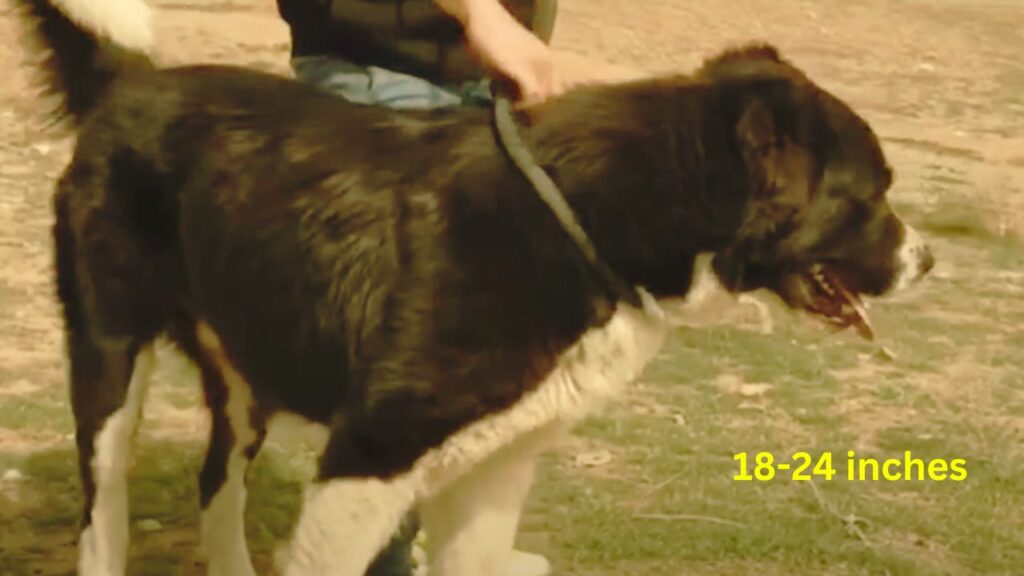
At this stage, Sarabi dogs develop muscle mass and need collars that can be adjusted frequently. A Martingale collar is ideal for training during this phase, as it prevents slipping without choking.
For step-by-step instructions on properly fitting a collar on your Bedlington Terrier, visit this comprehensive guide on how to put collars on Bedlington Terrier.
3. Adult Stage (1-2 Years)
- Neck Size: 24-30 inches (61-76 cm)
- Weight Range: 130-170 pounds (59-77 kg)
- Recommended Collar Size: 24-30 inches with a width of 1.5-2 inches (3.8-5 cm).
- Tip: Choose heavy-duty collars made from leather or reinforced nylon for durability.
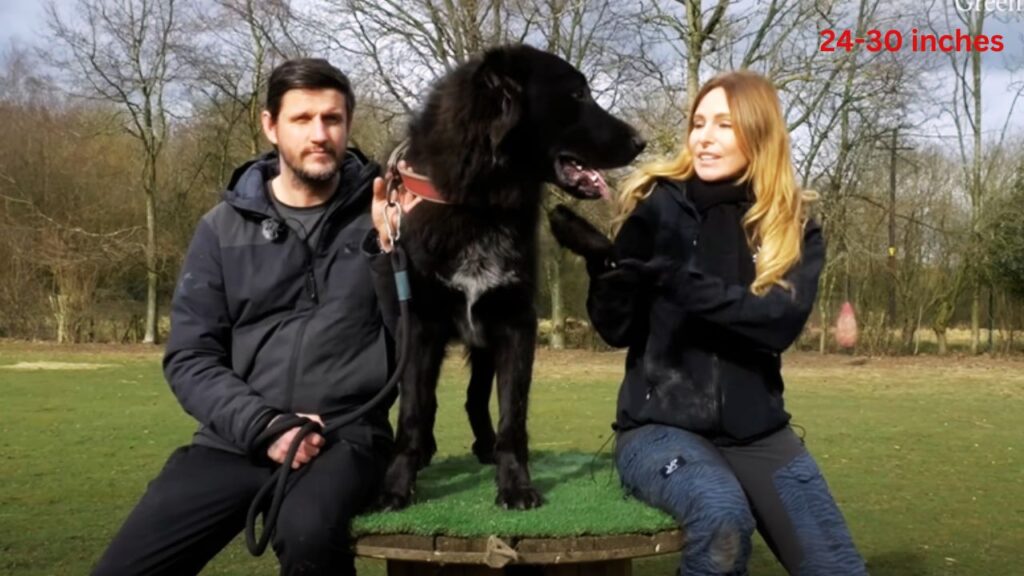
Adult Sarabi dogs require strong collars that can withstand their strength. At this stage, flat collars with ID tags or Martingale collars for leash training are good options.
4. Fully Mature Sarabi Dog (2+ Years)
- Neck Size: 26-30 inches (66-76 cm)
- Weight Range: 170-200 pounds (77-91 kg)
- Recommended Collar Size: 26-30 inches, 2 inches wide for extra comfort.
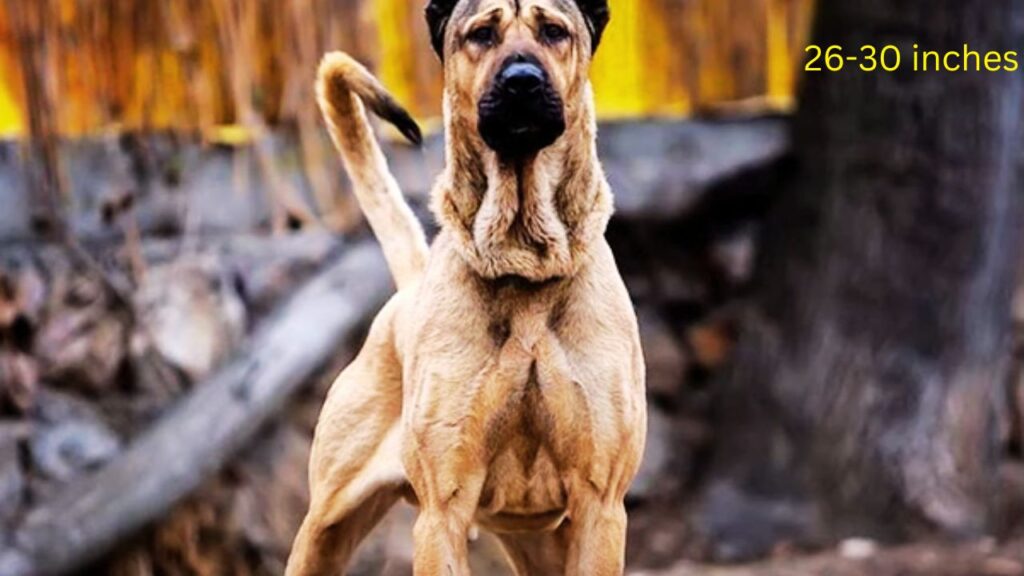
Fully grown Sarabi dogs benefit from wide collars to distribute pressure evenly across their muscular necks. A flat leather collar is a good everyday option, while a harness is recommended for walks to prevent neck strain.
How to Measure Your Sarabi Dog for a Collar
Measuring your Sarabi dog’s neck correctly is essential to ensure the collar fits snugly but not too tight. Follow these steps to measure your dog accurately:
- Use a Soft Measuring Tape: Wrap the tape around the thickest part of the neck, typically at the base near the shoulders.
- Add 2 Inches: This ensures the collar is not too tight and allows for comfortable movement.
- Test the Fit: After putting on the collar, slide two fingers between the collar and the neck to ensure it fits properly.
Example Measurements:
- Puppy: 14-18 inches (36-46 cm)
- Adolescent: 18-24 inches (46-61 cm)
- Adult Male: 26-30 inches (66-76 cm)
- Adult Female: 24-28 inches (61-71 cm)
Recommended Collar Types for Sarabi Dogs
Choosing the right type of collar for a Sarabi dog ensures control, comfort, and durability. Below are some of the best collar options based on their needs:
1. Flat Collars: Everyday Wear
Flat collars are perfect for carrying ID tags and for casual use. These collars should be made of durable materials, such as leather or reinforced nylon, to withstand the strength of a Sarabi dog.
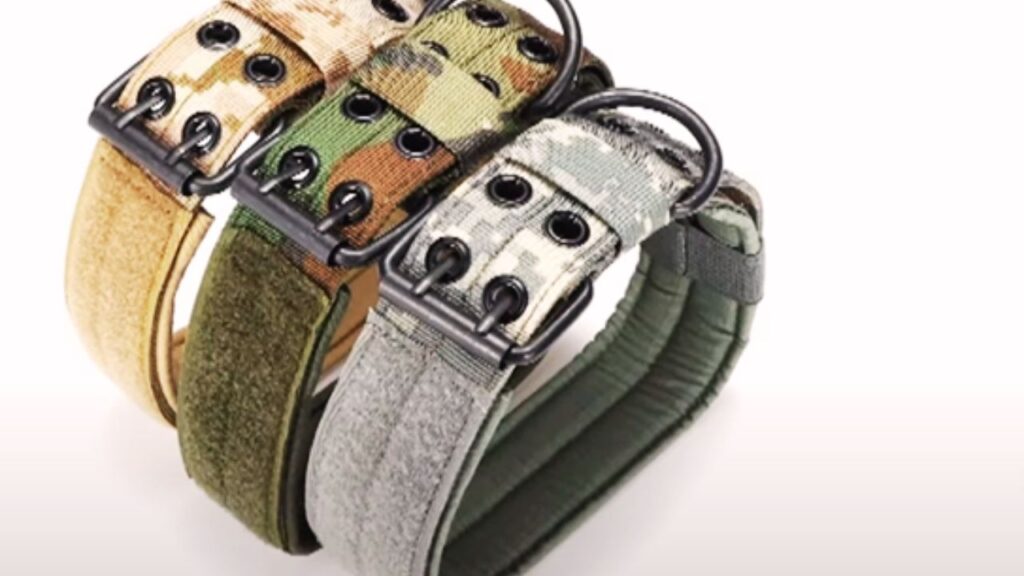
- Size: 24-30 inches (61-76 cm)
- Width: 1.5-2 inches (3.8-5 cm)
- Pro Tip: Remove the flat collar when your dog is indoors to prevent skin irritation and hair matting.
2. Martingale Collars: For Training and Control
Martingale collars are ideal for training, as they provide gentle correction when the dog pulls. This is especially useful for Sarabi dogs, which are known for their strength and independent nature.
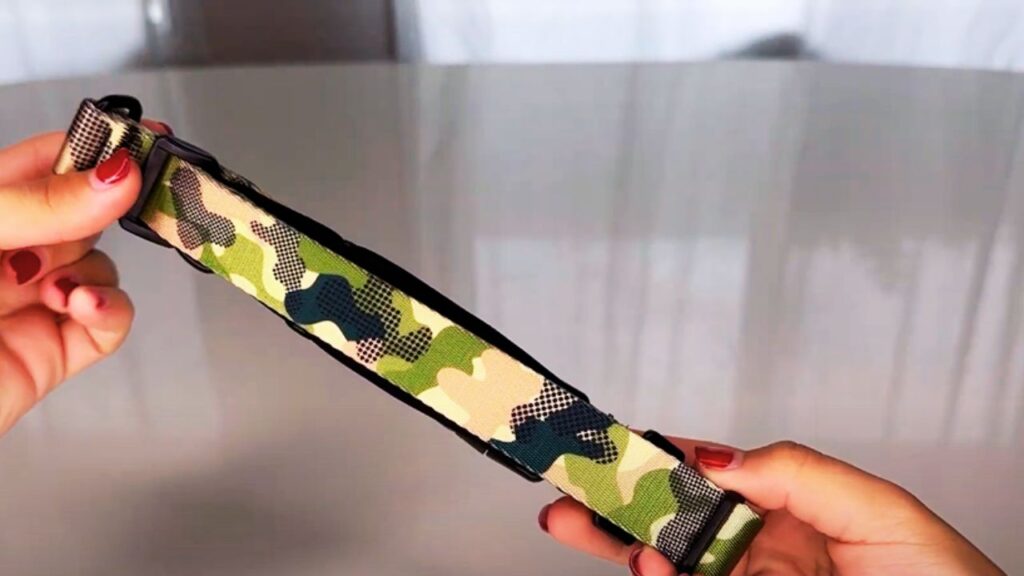
- Size Range: 24-28 inches (61-71 cm)
- Usage: Use for leash training and during public outings to prevent escape.
- Pro Tip: Martingale collars tighten by 1-2 inches when pulled, offering control without choking.
3. Prong Collars: For Professional Use Only
Prong collars should only be used under the supervision of a professional trainer. They can help correct behavioral issues, but improper use can cause injury.
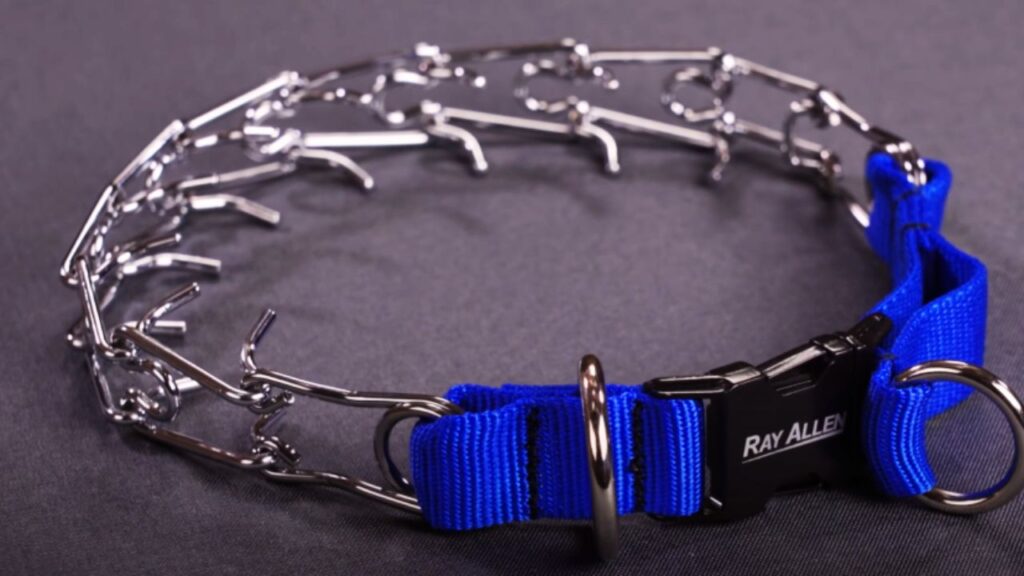
- Size: Adjustable with removable links to fit necks up to 28 inches (71 cm).
- Warning: Never leave a prong collar on unsupervised, and always use it temporarily.
4. Harnesses: Safer Alternative for Walks
Due to their size and strength, Sarabi dogs benefit from wearing a no-pull harness during walks. Harnesses distribute pressure evenly across the chest, preventing neck strain.

- Measurement: Measure chest circumference and add 2 inches for comfort.
- Pro Tip: Use a back-clip harness to reduce pulling during walks.
Ensure your Newfoundland’s comfort and security with expert tips on how to ensure a safe collar fit for Newfoundland.
Common Mistakes to Avoid
- Using a Collar That’s Too Tight: This can cause breathing issues, discomfort, and skin irritation.
- Leaving the Collar on Indoors: Remove the collar when indoors to prevent hair matting and chafing.
- Ignoring Size Adjustments: Puppies grow rapidly, so collars must be adjusted every 2-3 weeks.
- Using Heavy Collars: Choose strong but lightweight collars to prevent unnecessary strain.
- Skipping Identification Tags: Always attach ID tags to the collar, even if your dog is microchipped.
Key Insights and Statistics
- Average Collar Size for Sarabi Dogs: 24-30 inches (61-76 cm)
- Recommended Width: 1.5-2 inches (3.8-5 cm)
- Training Success with Martingale Collars: 70% of owners report improved leash behavior within 6-8 weeks.
- Lost Dogs with ID Tags: Dogs with ID tags are 38% more likely to be returned to their owners.
Adjusting the Collar as Your Sarabi Dog Grows
Sarabi dogs experience rapid growth in their early years and continue to develop muscle mass well into adulthood. Ensuring that your dog’s collar fits properly throughout each stage is essential for their comfort and safety. Regular adjustments prevent chafing, discomfort, and the risk of escape. Here’s how to stay on top of collar adjustments for your growing Sarabi.
1. Frequent Adjustments for Puppies
During the puppy stage, Sarabi dogs grow quickly, often gaining 10-15 pounds (4.5-7 kg) per month. Check the collar’s fit every 2-3 weeks to ensure it isn’t becoming too tight as your puppy grows. Use a lightweight, adjustable collar to accommodate rapid size changes without restricting movement.
Discover the ideal fit by learning what size collar for Newfoundland dog to ensure your pet’s comfort and safety.
2. Monthly Adjustments for Adolescents
From 4 to 12 months, Sarabi dogs develop muscle mass and experience substantial growth. Their neck circumference may increase from 18 to 24 inches (46-61 cm) in just a few months. Adjust the collar every 3-4 weeks during this phase, ensuring it remains snug but not tight. Switching to a Martingale collar during adolescence can provide better control during leash training.
3. Seasonal Adjustments for Adults
As adult Sarabi dogs grow a thick double coat, especially during the winter months, the collar may need loosening to prevent discomfort. Conversely, during seasonal shedding, you may need to tighten the collar slightly. For fully grown Sarabis, inspect the collar every 3-4 months to ensure it fits comfortably as their weight and muscle tone may still change.
4. Watch for Signs of an Improper Fit
Monitor your Sarabi dog for signs of collar discomfort, such as scratching, redness, hair loss, or irritation. A properly fitted collar should allow two fingers to slide between the collar and the neck.
By staying vigilant and adjusting the collar as your Sarabi dog grows, you’ll keep them comfortable, secure, and ready for every adventure.
For expert tips on how to fit a collar on a Belgian Shepherd, this guide offers simple steps to ensure your dog’s collar fits securely and comfortably.
Conclusion: Finding the Perfect Collar Size for Your Sarabi Dog
Choosing the right collar size for your Sarabi dog ensures their comfort, safety, and control. Given their massive size and strength, flat collars are ideal for everyday use, while Martingale collars are perfect for training and preventing escapes. For long walks, a no-pull harness is the best option to prevent neck strain. Hope so, now you know what size dog collar for Sarabi dog?
Always measure your dog’s neck correctly and adjust the collar as they grow, especially during their first year. Regular inspections and adjustments will keep your dog comfortable and safe. With the right collar, you’ll ensure that your Sarabi dog stays secure and well-behaved in any situation.
For detailed guidance on selecting the correct collar size for a Belgian Shepherd, this article provides essential tips to ensure your dog’s comfort and safety.

